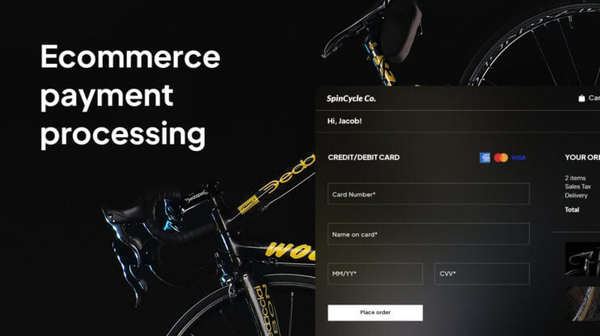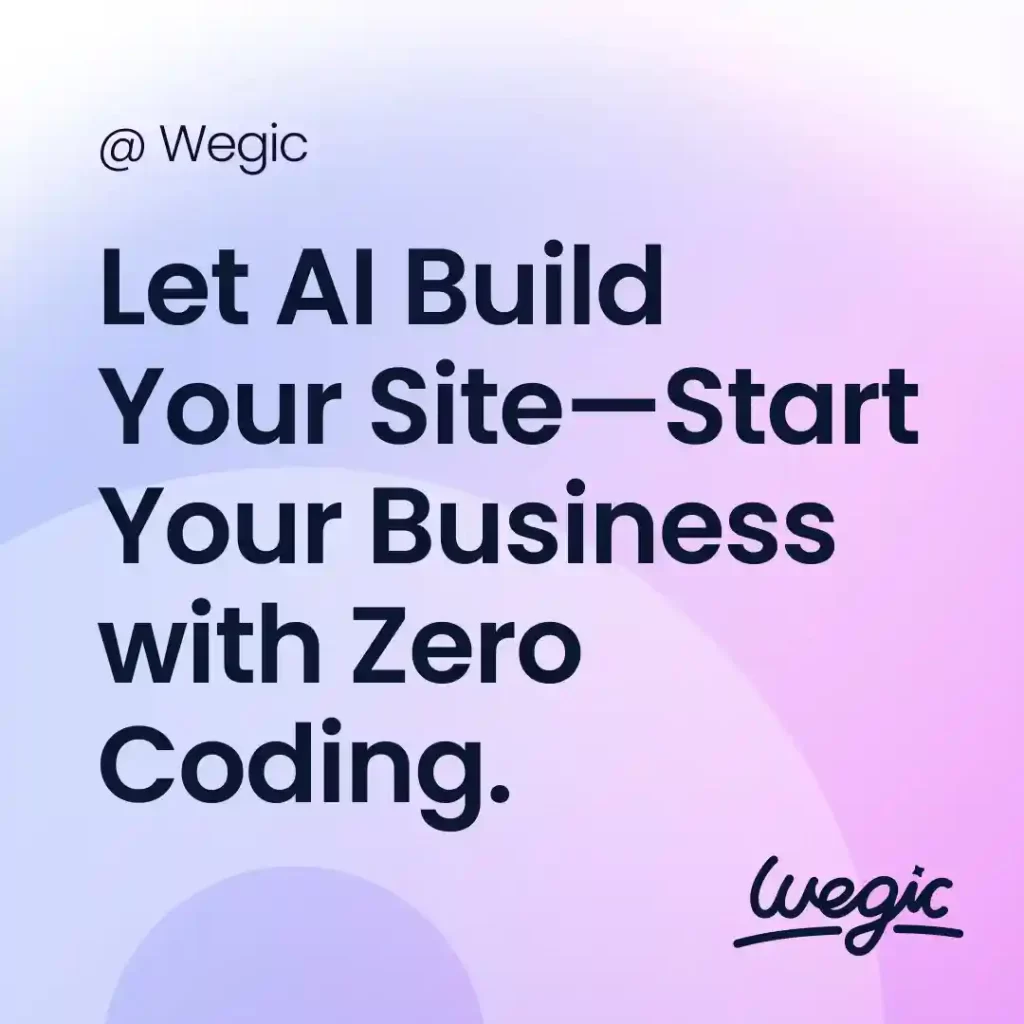Cool Website Design FAQ
Cool Website Design
Cool Website Design
In today’s digital age, having a strong online presence is crucial for any business looking to succeed. However, building a website can be a daunting and time-consuming task, especially for those who lack technical expertise. This is where AI website builders come in – they offer a quick and easy way to create a professional-looking website without the need for coding knowledge. In this article, we will explore some of the best AI website builders available in the market today.

Cool Website Design Trends
Cool Website Design
Importance of Web Hosting
Web hosting is essential for any website to be visible on the internet. Without web hosting, your website would not be accessible to users. When you sign up for a web hosting service, you are essentially renting server space where your website files are stored. The web hosting provider ensures that your website is available to users 24/7, and also provides technical support and maintenance services to keep your website running smoothly.
Another important aspect of web hosting is website speed and performance. The speed at which your website loads can have a significant impact on user experience and search engine rankings. A reliable web hosting provider will ensure that your website loads quickly and is accessible to users across the globe. In addition, web hosting providers offer security features such as SSL certificates and regular backups to protect your website from cyber threats and data loss.
Different Types of Web Hosting
There are several types of web hosting services available, each with its own set of features and benefits. The most common types of web hosting are:
1. Shared Hosting: Shared hosting is the most basic and affordable type of web hosting. In this setup, multiple websites share the same server resources, including storage space, bandwidth, and CPU power. Shared hosting is ideal for small businesses and individuals with low traffic websites.
2. VPS Hosting: VPS (Virtual Private Server) hosting is a step up from shared hosting. In VPS hosting, websites are hosted on virtual servers that mimic dedicated servers but share server resources with other websites. VPS hosting offers more control and customization options compared to shared hosting.
3. Dedicated Hosting: Dedicated hosting provides users with their own physical server. This type of hosting is ideal for websites with high traffic and resource-intensive applications. Dedicated hosting offers the highest level of performance and security but is also the most expensive option.
4. Cloud Hosting: Cloud hosting is a flexible and scalable hosting solution that utilizes cloud infrastructure to host websites. In cloud hosting, websites are hosted on a network of virtual servers that can be easily scaled up or down based on demand. Cloud hosting is a cost-effective option for websites with fluctuating traffic levels.
Factors to Consider When Choosing a Web Hosting Provider
When choosing a web hosting provider for your website, there are several factors to consider to ensure that you are getting the best service for your needs. Some of the key factors to consider include:
1. Reliability and Uptime: It is crucial to choose a web hosting provider with a proven track record of reliability and uptime. Look for providers that guarantee uptime of at least 99.9% and have robust infrastructure to prevent downtime.
2. Performance and Speed: Website speed and performance are critical for user experience and search engine rankings. Choose a web hosting provider that offers fast servers and optimized performance for your website.
3. Security Features: Security is a top priority for websites, especially those that handle sensitive information. Look for web hosting providers that offer SSL certificates, regular backups, and other security features to protect your website from cyber threats.
4. Customer Support: If you encounter technical issues or need assistance with your website, reliable customer support is essential. Choose a web hosting provider that offers 24/7 support via multiple channels such as phone, email, and live chat.
5. Pricing and Plans: Compare pricing and features across different web hosting providers to find a plan that fits your budget and needs. Consider factors such as storage space, bandwidth, and scalability when choosing a hosting plan.
One of the key features of Site Build It is its user-friendly interface, which makes it easy for even beginners to create a website from scratch. The platform offers a variety of customizable templates and design options, allowing users to personalize their sites to suit their needs and preferences. From choosing a color scheme to adding custom images and graphics, Site Build It makes it simple to create a website that truly reflects the user’s vision.
In addition to its design capabilities, Site Build It also offers a range of powerful tools for building and managing content. Users can easily create and edit pages, blogs, and articles, and optimize their site for search engines with built-in SEO tools. The platform also provides analytics and tracking features, allowing users to monitor their site’s performance and make data-driven decisions to improve traffic and engagement.
Site Build It websites are also mobile-friendly, ensuring that users can reach their audience on any device. With responsive design options and mobile optimization features, websites created with Site Build It look great and function smoothly on smartphones, tablets, and other mobile devices. This is crucial in today’s mobile-centric world, where more and more users are accessing websites on the go.
Another key advantage of Site Build It is its robust hosting and security features. The platform offers reliable hosting services with 99.9% uptime guarantees, ensuring that users’ websites are always online and accessible to their audience. Site Build It also includes built-in security features, such as SSL encryption and regular malware scans, to protect users’ data and sensitive information from cyber threats.
For users looking to monetize their websites, Site Build It offers a range of e-commerce and monetization tools. Users can easily set up online stores, accept payments, and manage inventory through the platform’s integrated e-commerce features. Site Build It also provides support for affiliate marketing, allowing users to earn commissions by promoting products and services on their websites.
Overall, Site Build It is a comprehensive platform that offers everything users need to create and manage a successful website. From design and content creation to hosting, security, and monetization, Site Build It provides all the tools and resources necessary to build a professional and effective online presence.
In addition to its features and capabilities, Site Build It also provides excellent customer support and resources for users. The platform offers tutorials, guides, and a dedicated support team to help users navigate the website-building process and troubleshoot any issues that may arise. With Site Build It, users can feel confident that they have the support they need to succeed online.

The Benefits of Cool Website Design
Cool Website Design
In today’s digital age, having a visually appealing and user-friendly website is crucial for the success of any business. A well-designed website can help attract new customers, build credibility, and increase conversion rates. However, designing a website is not as simple as it may seem. It requires a strategic and systematic approach to ensure that the final product meets the needs and expectations of both the business and its target audience. In this article, we will discuss the website design process in detail, outlining the key steps involved in creating a successful website.
Step 1: Define the Purpose and Goals
The first step in the website design process is to clearly define the purpose and goals of the website. This involves identifying the target audience, understanding their needs and preferences, and determining the desired outcomes for the website. For example, is the website meant to generate leads, drive sales, provide information, or showcase products and services? By having a clear understanding of the purpose and goals of the website, you can better tailor the design and content to meet these objectives.
Step 2: Conduct Research
Once the purpose and goals of the website have been defined, the next step is to conduct research. This involves analyzing the competition, researching industry trends, and gathering insights into the preferences and behaviors of the target audience. By conducting thorough research, you can gain a better understanding of what works and what doesn’t in your industry, helping you make informed design decisions.
Step 3: Create a Wireframe
After conducting research, the next step in the website design process is to create a wireframe. A wireframe is a visual representation of the layout and structure of the website, showing the placement of various elements such as navigation menus, headers, footers, and content sections. Creating a wireframe allows you to plan the overall design and functionality of the website before moving on to the visual design phase.
Step 4: Design the Visual Elements
Once the wireframe has been finalized, the next step is to design the visual elements of the website. This involves creating a visually appealing and consistent design that reflects the brand identity and resonates with the target audience. Elements such as color scheme, typography, imagery, and layout are carefully considered to create a cohesive and attractive design that conveys the desired message and engages users.
Step 5: Develop the Website
After the visual design has been approved, the next step is to develop the website. This involves coding the design into a functioning website using HTML, CSS, and other programming languages. During the development phase, the website is tested for functionality, responsiveness, and compatibility across different devices and browsers to ensure a seamless user experience.
Step 6: Test and Optimize
Once the website has been developed, it is essential to test and optimize its performance. This involves conducting usability tests to identify any usability issues, testing load times to ensure fast page speeds, and optimizing the website for search engines to improve visibility and accessibility. By testing and optimizing the website, you can ensure that it meets the needs and expectations of users, leading to better engagement and conversions.
Step 7: Launch and Monitor
The final step in the website design process is to launch the website and monitor its performance. This involves deploying the website to a live server, promoting it to the target audience, and tracking key metrics such as traffic, engagement, and conversions. By monitoring the performance of the website, you can identify areas for improvement and make informed decisions to optimize its effectiveness over time.


